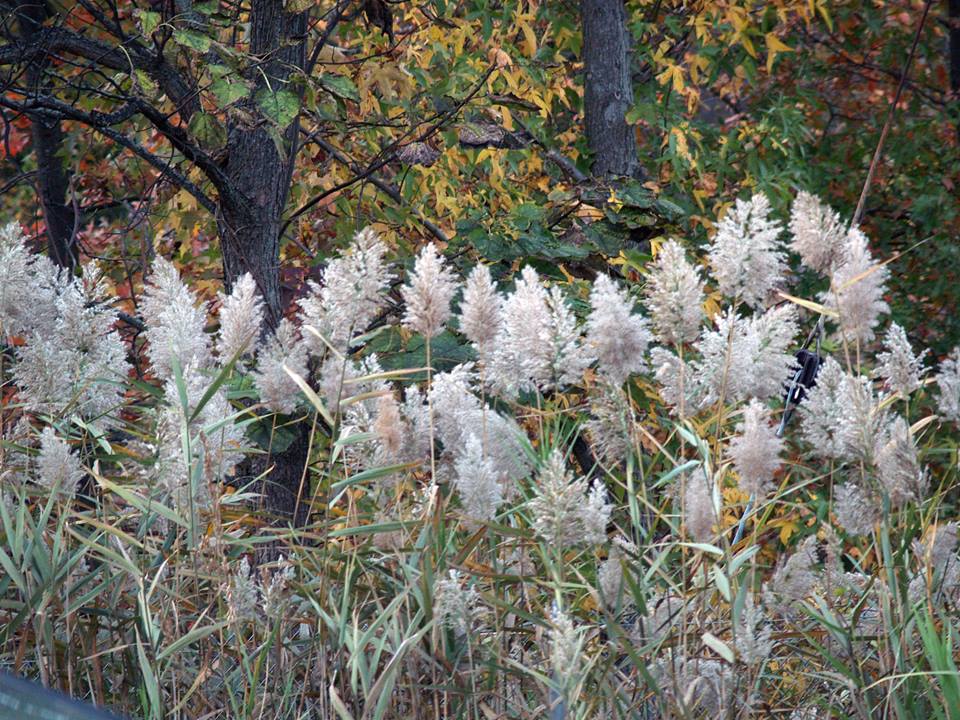Singapore’s Calcutta connection
Few know that Singapore and Calcutta have long-standing relationship which dates back from the early 20th century. Over the past two months I made an attempt to visit those places imbued with history.
The British control over Singapore port started in 1819, when a British East India company official named Stamford Raffles reached an agreement with the local officials to allow a British trading outpost to be set up at Singapore.
Last week, I was at The Cathy near Orchard Road. It was here on 4 July, 1943 Netaji Subhas Chandra Bose made his first public appearance and exhorted his countrymen from “East Asia to line up in one solid phalanx under one leadership and prepare for the grim fight”. This was also the last time he was seen in civilian attire as he formally took over the leadership of the Indian Independence League (IIL) from the veteran leader, Rashbehari Bose.
On July 5 in the same year, Bose went to Singapore Pedang, opposite the Municipal Building (now City Hall) to address the “Soldiers of India’s Army of Liberation”. About 12,000 Indian National Army (INA) soldiers had gathered to hear his historic speech. It was here Bose gave the rallying cry, Delhi Chalo. “Let your battle cry be ‘to Delhi to Delhi’. How many of us will individually survive this war of freedom, I do not know. But I do know this …our task will not end until our surviving heroes hold the victory parade on another graveyard of the British Empire—Lal Kila…of ancient Delhi.”
It was at The Cathy near Orchard Road that Azad Hind Radio office was located.
During his six-day visit to Singapore in 1927, Rabindranath Tagore met a teacher named Tan Yunshan at a Chinese school. It was through Tan’s initiative Tagore had set up the first China studies centre at Visva-Bharati at Santiniketan.
Singapore and Calcutta were connected through missionary work by followers of various faiths and movements of immigrant groups.
Let’s take a look at some more Calcutta connections.
David Marshall, the first chief minister of Singapore, was a descendant of Jewish immigrants from Calcutta.
During the Japanese Occupation, prominent Malayans and Singaporeans such as Lim Bo Seng, Albert Foo Yin Chiew and Tan Chin Tuan took shelter in Calcutta.
Sunanda Dutta Roy in his book Looking East to Look West: Lee Kuan Yew’s Mission India said Calcutta’s connections to Singapore included the minting of Singapore dollars in the Indian city, the establishment of the first Singapore bank
by the Union Bank of Calcutta and the founding of Singapore’s major English language newspaper, The Strait Times in 1845 by Catchick Moses, a Calcutta Armenian.
Who knows the unexplored materials in National Archives of Singapore will reveal much deeper interactions between the two cities!
